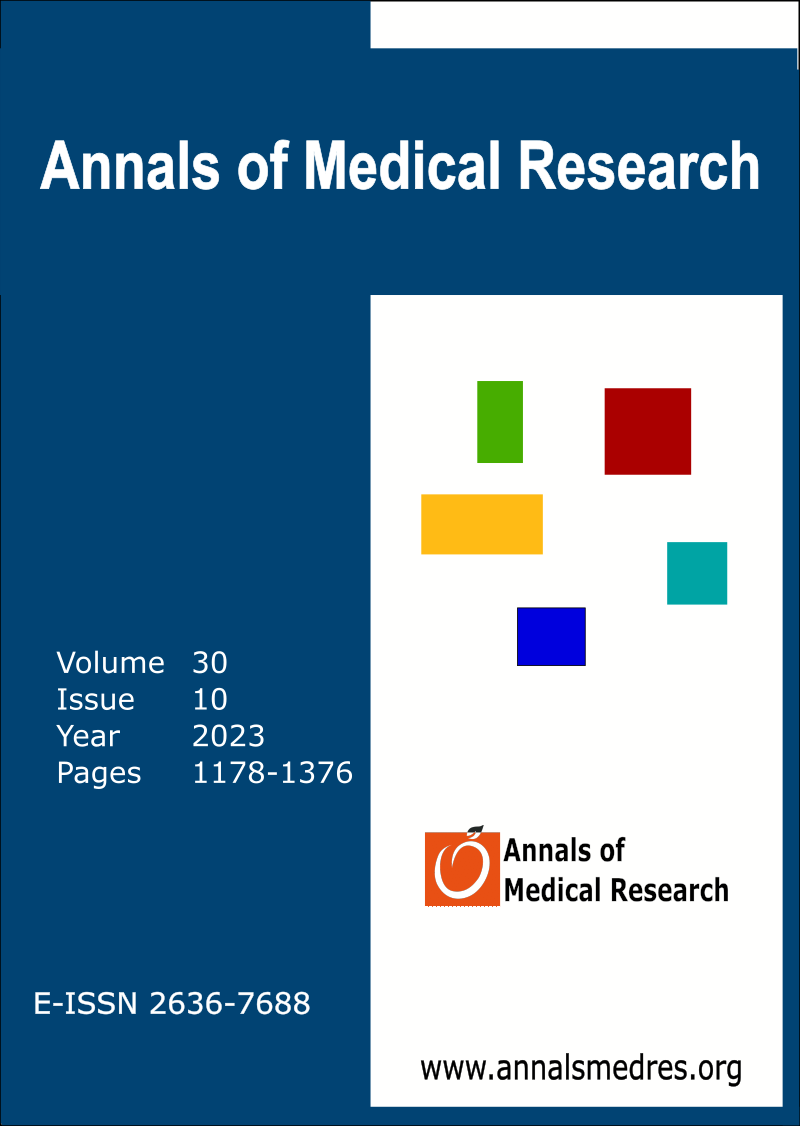Could SCUBE be used as a therapeutic target in rheumatoid arthritis?
Keywords:
Rheumatoid arthritis, Angiogenesis, SCUBEAbstract
Aim: To investigate the levels of signal peptide-CUB-EGF domain-containing protein (SCUBE 1 and 3) in rheumatoid arthritis (RA).
Materials and Methods: Twenty eight RA patients and 28 healthy volunteers were included in the study. SCUBE-1, SCUBE-3, Vascular Endothelial Growth Factor (VEGF), Matrix Metalloproteinase-9 (MMP-9), CD-40L, Interleukin-6 (IL-6) levels, which are important markers in angiogenesis, were measured twice, at baseline and after the treatment.
Results: Compared to the healthy group, only MMP-9, one of the angiogenesis markers, was elevated in the patient group (p>0.05). After treatment, a significant decrease was observed in VEGF levels (p<0.05), while SCUBE-1, SCUBE-3, IL-6, CD-40 and MMP-9 levels remained at similar levels (p>0.05).
Conclusion: In our study, RA patients responded to treatment with clinical improvements. Although there were differences in the levels of MMP and VEGF, there was no association with the disease in SCUBE.
Downloads
Published
Issue
Section
License
Copyright (c) 2023 The author(s)

This work is licensed under a Creative Commons Attribution-NonCommercial-NoDerivatives 4.0 International License.
CC Attribution-NonCommercial-NoDerivatives 4.0






